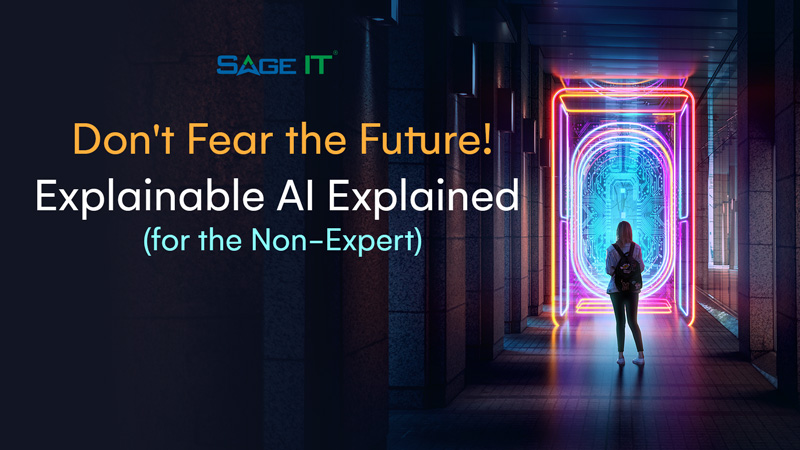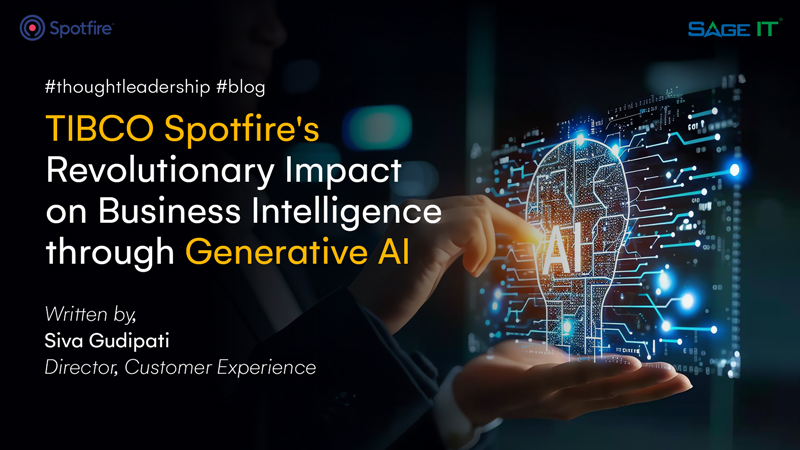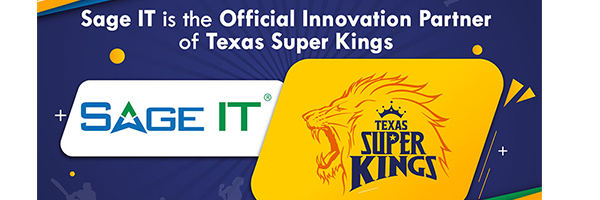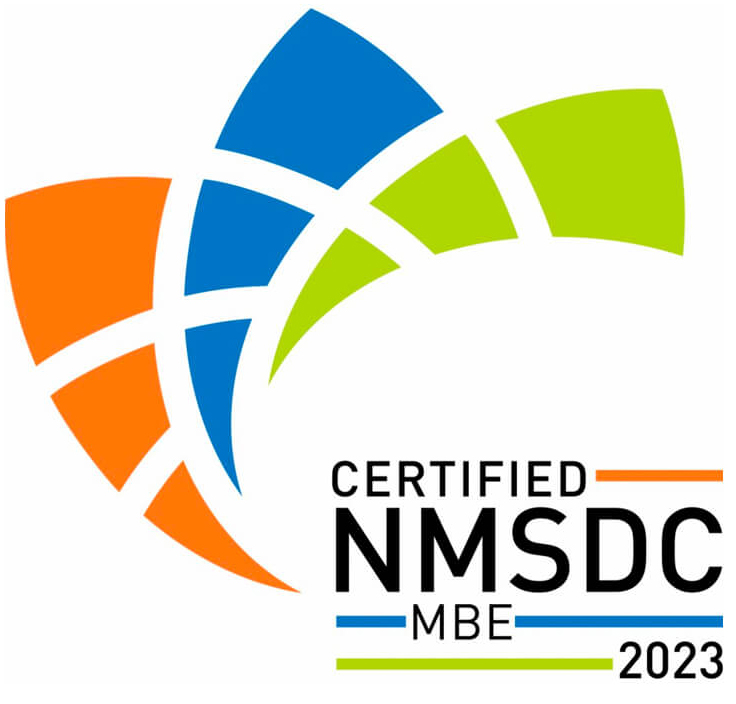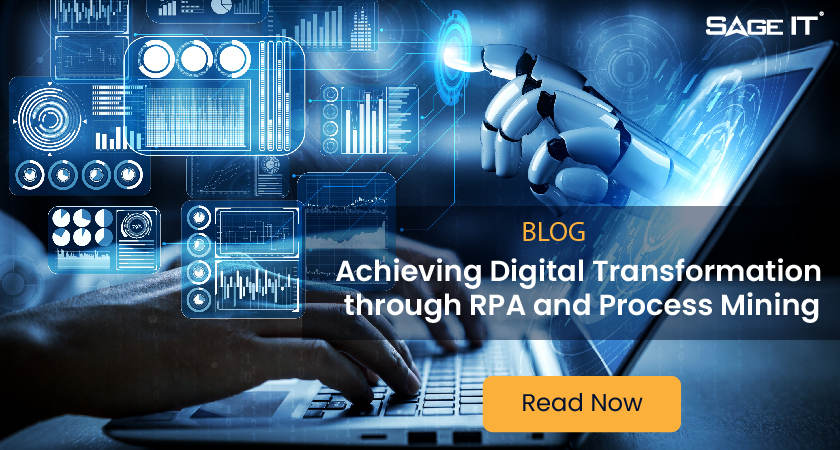
Improved and new technologies are becoming the norm of the business ecosystems. Regardless of the organizational goals, digital transformation is integral to success. It is by far the most effective way to respond to disruptive work and business systems.
Today, implementing digital technologies into your daily business operations is no more a choice but a necessity if you want to succeed in the competitive market. Digital transformation fosters better collaboration between organizations and machines, delivering more personalized customer engagement, better productivity, and engagement.
Two significant factors that have pushed digital transformation in organizations are process mining and robotic process automation. We’re going to explore these two technologies and the effect they can have on your digital transformation journey.
What is RPA
Leading Robotic Process Automation (RPA) technologies uses artificial intelligence, robots, machine learning, and chatbots to automate repetitive tasks and streamline workflows across industries. Its use cases can vary considerably across sectors depending on how the software developers implement the technology.
Common areas where RPA is mainly used include data migration, invoicing, data audits, order processing, and other cases prone to human error due to the tedious nature of manual processes. A minor mistake in all of these processes could cost a lot of time, money, resources, and more depending on the industry. It could have far-reaching consequences surpassing the scope of the organization and industry at large.
How RPA Enables Digital Transformation
Here are the ways RPA can help foster digital transformation processes in your organization.
Reducing Costs
Using RPA systems can help reduce your operational costs by 25-60%, depending on your organization and level of implementation. It allows you to automate operations and deallocate staff assigned to those operations for more challenging roles to push the organization forward. This way, you can quickly identify the best talents that will replace the next generation and veterans on the job.
More Value for Customers
Implementing RPA systems for your processes makes the customer journey more satisfying and helps you deliver better value. Tasks such as filing forms and submitting them to desk personnel are tedious, especially in healthcare organizations and banks. With RPA processes, you can automate data entry with an RPA solution that makes it seamless for all parties. Also, customers have a better understanding of the customer service workflows because of artificial intelligence. These systems help guide customers around an established criterion.
Improved Human Resources
Using RPA automation for your enterprise digital transformation makes it convenient for employees to get mobility solutions and accurately perform their tasks. The success of RPA systems in one area of the business will also persuade and encourage implementation in other business processes. Your team will have improved job satisfaction and understanding in handling workplace challenges.
Better Opportunities
RPA effectively helps businesses with consultancy services and meets digital transformation companies’ demands by disrupting the current workforce. It allows the firm to up-skill the workforce in different skillsets, improve understanding processes, and build up the flair for organizations to stay relevant and updated in the industry’s new practices. It keeps the business in line with new techniques and allows them to compete favorably with its peers in the field.
What is Process Mining
Process mining is the use of technology to gather insights into business processes and their performances. Process mining aims to clarify common areas, including how the current methods work, what needs to change, and if it is a lasting change.
Process and/or task mining tools typically have built-in connectors that draw data from your information systems such as CRM, BPM, and ERP systems. It uses this data to visualize and analyze process flows in your organization to identify bottlenecks, underlying root causes of process inefficiencies, variations, and other inefficient systems.
How Process Mining Enables Digital Transformation
Here are the ways process mining can help foster digital transformation
Understanding Your Processes
The process mining systems will help you better visualize all the steps of your processes that deliver to customers from beginning to end. This can help you better understand which activities add more value to customers and cut off any unnecessary step in the process that does not benefit your customers or adds value to your organization. Many of these process mining tools give deep insights into each activity or process in your organization.
Agile Organization
Process mining helps you understand the changes around you and reacting quickly to them can help make your organization more agile. It also helps your organization function with a continuous mining data model to keep monitoring the processes and all the changes.
Identify Manual Events in Completing Cases
Digital transformation aims to reduce the amount of manual work in an organization, make processes faster and make your organizational model more efficient. Process mining helps with all these by identifying areas in your business that need manual tasks to complete a case and the actions that can improve the process. You can also use this to monitor the results of your new business models like RPA and other improvements by showing the average amount of manual events it takes to complete a case.
Increase Transparency
Process mining implementation lets you benchmark business areas by the average amount of repeated cases per case. You can use information from best practice examples in other areas to improve the problematic areas that need it the most. Also, you can cut down on repeat events by using the insights from the system to cut down and shorten lead time.
Manage Complexity
You can use task mining to identify your most complex processes that make conversion slow or expensive and take steps to make them easier for better flow. You can use the systems to check complexity by business area. Many large organizations would typically have cases with more process variations, so the best-performing regions have a high number of possibilities for each process variation.
How RPA and Process Mining Work Together to Foster Digital Transformation
Focusing on only robotic process automation technology or process mining without understanding the big picture is inefficient and will lead to haphazard procedures. Business leaders need to know how the organization works, what areas to prioritize, and what to transform before implementing any systems or processes. Process mining identifies the areas of a business that will benefit the most from RPA systems before implementation.
Process mining technology will enhance the functionality of RPA, complement it, and make the business more efficient. Process mining will identify which areas would most benefit from RPA and give the organization the most value. Also, process mining ensures continuous checks to ensure the changes made were the correct ones, and they have a positive impact on the growth and process of the organization.
How To Drive Digital Transformation Through RPA and Process Mining?
There are three main components of driving digital transformation to success with RPA and process mining:
Understand Your Objectives and Metrics: Your success measures for optimizing work and progress in your organization shouldn’t entirely depend on FTE reduction or reducing fully loaded costs but also on the people concerned. Define the metrics as they’re peculiar to your operations and keep proper records.
Know the People: Executives should focus on people at the center of the program to foster digital transformation through RPA. Understanding the skillsets of the different individuals in an organization can guide on the areas where they’ll be most productive.
Define Your Process and Methodology: Determine the technologies you wish to implement backed up with proper research. This can vary depending on the industry, and the effects could be different for different organizations, so constant monitoring is necessary.
Conclusion
A deep understanding of RPA and process mining will go a long way in hastening the digital transformation process in an organization and get them on the right track.
To know about Sage IT’s expertise in RPA and Process Mining and how we can help your business, write to us at [email protected]


